Copyright © 2011 www.vm2o.ca All Rights Reserved
CBP Marketing Inc. All Rights Reserved

> System Categories > E-shop Helps Categorizing > Process Description > imprint methods

|
 |
|||
| • | Digital Direct Printing | ||
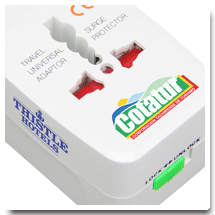 |
A direct printing method similar to ink-jet printing technology using special UV inks in which photo initiators makes the inks solid after exposing to UV light. It will produce 4-color process like result. | ||
| Note | |||
| 1. Printing position may produce a position error of 1-2mm, this is a normal phenomenon. 2. Since the ink is thinner, colors may be mixed with the background if it is applied to non-white surface (color goes through the end). 3. Printing will be a slight color difference, this is normal. If customers have high requirements for color, we suggest to use other printing methods. |
|||
| •Laser Engraving | |||
| The energy delivered by the digitally controlled laser beam that vaporizes or fractures the material. This is how material is removed from the surface to create an engraving. |  |
||
| Note | |||
| 1. Printing position may have a position error of 1-2mm, this is a normal phenomenon. 2. Laser color arising from different substrates varies. 3. Due to the different thickness of the metal plate layers, the laser color on different metal plates varies. 4. Due to the inconsistencies of wood (or leather), laser image engraved on such natural materials may be affected. |
|||
| • | Foil Hot Stamping | ||
 |
A heated die is used to apply a foil imprint to a material surface to produce imprint. Gold or silver foil will be used for most cases. | ||
| Note | |||
| 1. Printing position may have a position error of 1-2mm, this is a normal phenomenon. 2. Hot stamping provides gold or silver color. Please specify before quotation if other colors are needed. 3. All lines must be 1mm or above. |
|||
| •Debossing | |||
| A machine presses a die of imprint into the surface of the chosen material resulting in a debossed or textured imprint. | 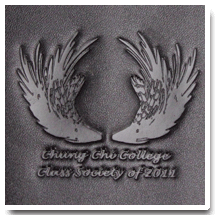 |
||
| Note | |||
| 1. Printing position may have a position error of 1-2mm, this is a normal phenomenon. 2. All lines must be 1mm or above. 3. Due to the use of multiple machines, debossing depth may be inconsistent for different products. 4. Debossing image may be inconsistent when debossed on natural materials, due to the inconsistencies of natural materials themselves such as leather. |
|||
| • | Digital Printing | ||
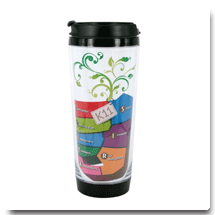 |
Image is produced using digital printing machine that likes a color laser printer but can produce more accurate result. | ||
| •Screen Printing | |||
| A stencil method of print making in which a design is imposed on a screen of silk or other fine mesh, with blank areas coated with an impermeable substance, and ink is forced through the mesh onto the printing surface. |  |
||
| Note | |||
| 1. Printing position may have a position error of 1-2mm, this is a normal phenomenon. 2. Images may be missing a bit of the position when screen printing two more different colors, the position error is less than 1mm. The company shall not be responsible for such situation. 3. Screen printing crafts cannot have gradient color. 4. Screen printing use Pantone color as the color matching standard. If the Pantone color number is not provided by customers, the design department staff of V Make Manufacturing and Printing Ltd. will choose a closest color to the Pantone color as printing standard. 5. The line may break if it is too thin (less than 0.5mm). 6. Screen printing light colors on the surface of dark colors, the light color may go through the back. |
|||
| • | Transparent Based Transfer Printing | ||
 |
It uses heat and pressure to transfer a digital imprinted image or design from a piece of transparent transfer paper to the desired object. | ||
| Note | |||
| 1. A giant, pale yellow protective layer will be left on the surface. The color of the protective layer may be more significant on some materials. 2. Hot transfer printing will affect the color accuracy, but the degree of influence varies for different colors. 3. Pulling the substrates hard may lead to minor cracks and fall off of the images. 4. Hand wash is recommended if the printing items are textiles. |
|||
| •White Based Transfer Printing | |||
| It uses heat and pressure to transfer a digital imprinted image or design from a piece of white transfer paper to the desired object. | 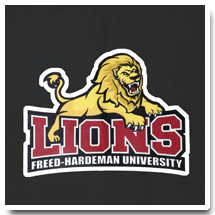 |
||
| Note | |||
| 1. Transparent background effect cannot be achieved for transfer printing paper as its background color is white. Overall image needs to be rectangular. For special shapes, the company will provide digital cutting service. 2. Hot transfer printing will affect the color accuracy, but the degree of influence varies for different colors. 3. The color of the image may fade after repeated washings. Pulling the substrates hard may lead to minor cracks and fall off of the images. 4. Hand wash is recommended if the printing items are textiles. |
|||
| • | Digital Cutting Foil Stamp | ||
 |
It uses heat and pressure to apply a digital cutting foil imprint to a material surface to produce imprint. Gold or silver foil will be used for most cases. | ||
| Note | |||
| 1. After the processing by the digital cutting system, the foil still requires the empty part to be picked manually (the hollow part of the graphic). So this craft is limited to simple graphics only, extra charges will be charged is the graphic is more complex. 2. The outline of the graphics cannot be less than 2mm. 3. Pulling hard on the hot stamping range may lead to minor cracks and fall off of the image, so hand wash is recommended. |
|||
| •Offset Printing | |||
| A commonly used technique for printing magazines and newspapers in which the inked image on a printing plate is imprinted on a rubber cylinder and then transferred (offset) to paper. |  |
||
| • | Embroidery | ||
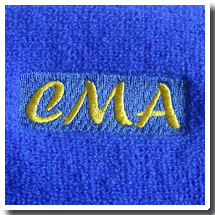 |
The process of digitally forming textile designs usingneedlework.methods. | ||
| Note | |||
| 1. The silk used in embroidery are silk in the market, so the color of the embroidery image can only be as close as customers’ requirements. 2. As the process constraints, we can only use the computer to simulate to the closest to the actual angle and thickness of the line. |
|||
| •Metal stamping | |||
| Metal stamping dies are used to produce high precision metal components which are identical in shape and size such as coins and pins. | 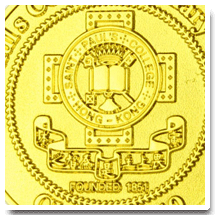 |
||
| • | Sublimation Transfer Printing | ||
 |
Sublimation printing uses the process of changing directly from a solid into a gas to print using the method of transfer printing. Sublimation dyes bond only to polymer substances that causes the image to permanently bond with the material. | ||
| Note | |||
| 1. Hot transfer printing will affect the color accuracy. If customers have high requirements to color, we suggest to use other printing processing services. | |||
| •Digital Direct Printing | |||
| It uses heat and pressure to transfer an offset imprinted image or design from a piece of white transfer paper to the desired object. Spot coating will be imprinted first and then the 4C and finally the spot white color. |  |
||
 |
 |
 |
|
 |
|||||||||||||||||||||||||||||||||||||||||||||||||||||||||||||||||||||||||||||||||||||||||||||||||||||||||||||||||||||||||||||||||||||||||||||||||||||||||||||||||||||||||||||||||||||||||||||||||||||||||||||||||||||||||||||||||||||||||||||||||||||||||||||||
 
|
|||||||||||||||||||||||||||||||||||||||||||||||||||||||||||||||||||||||||||||||||||||||||||||||||||||||||||||||||||||||||||||||||||||||||||||||||||||||||||||||||||||||||||||||||||||||||||||||||||||||||||||||||||||||||||||||||||||||||||||||||||||||||||||||